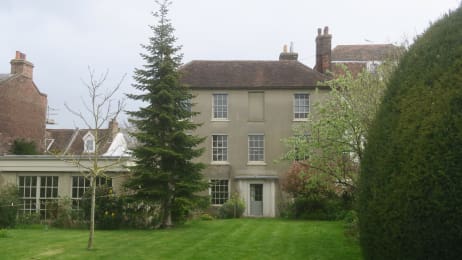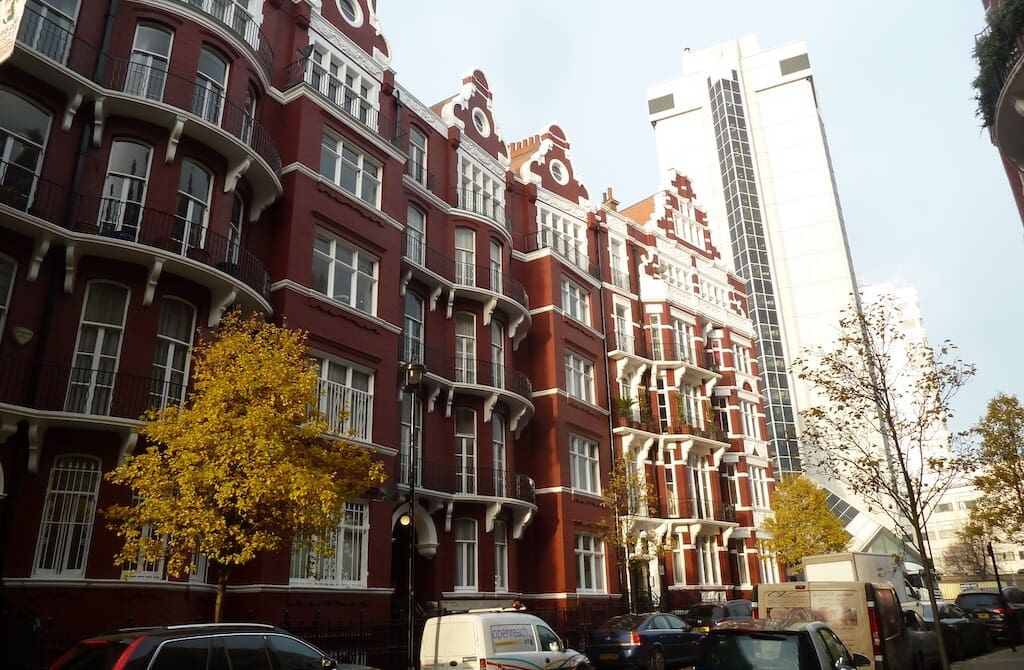How we help
VAT and Listed Buildings
There is no current VAT relief for the majority of Listed Building Works, but there is hopefully some in the pipeline
Article Correct as of June 2020
Listed building works
Prior to 2012 certain approved alterations to Listed Buildings were zero rated. However, this did not apply to repairs , only certain alterations. In practice this scheme was also difficult to implement with contractors for anything other than pretty major works. These exemptions were removed (in 2012) and currently the majority of works to Listed Buildings are rated at full rate VAT (Currently 20%).
This is unfortunate as new build works are exempt from VAT, which means there is more financial incentive to build something new than to restore or upgrade existing buildings. Given the increased cost and maintenance liability of Historic Buildings, I believe it is an area which should be targeted for VAT exemptions to 1) stimulate work in this area and create more employment in traditional building skills and 2) Reduce carbon emissions by re-use of buildings.
Historic England (English Heritage) and The Listed Property Owners Club make representation to the Government and have an ambition to have VAT exemptions for Listed Buildings re-introduced. They were not successful in 2020 but it is understood the proposals currently tabled would look for a “fund” to be in place where by the VAT for applicable schemes could be reclaimed. If implemented, this seems to be a very sensible and appropriate way of domestic owners reclaiming VAT and therefore making repairs and alterations to Listed Buildings more appealing.
What VAT reliefs are still available ?
There are a couple of VAT reliefs which may apply to a Historic or Old Building project. The scenarios below are rated at 5%.
This will apply to a typical barn conversion, a chapel or church conversion, an old Mill etc.
This applies, as the name suggests, where a house has been empty for two years prior to a contractor starting building works.

Get in touch with the Heritage Consulting team today
Our friendly and experienced team are on hand to help with any of your questions or concerns. Get in touch today to see how we can help you.
Contact Us
